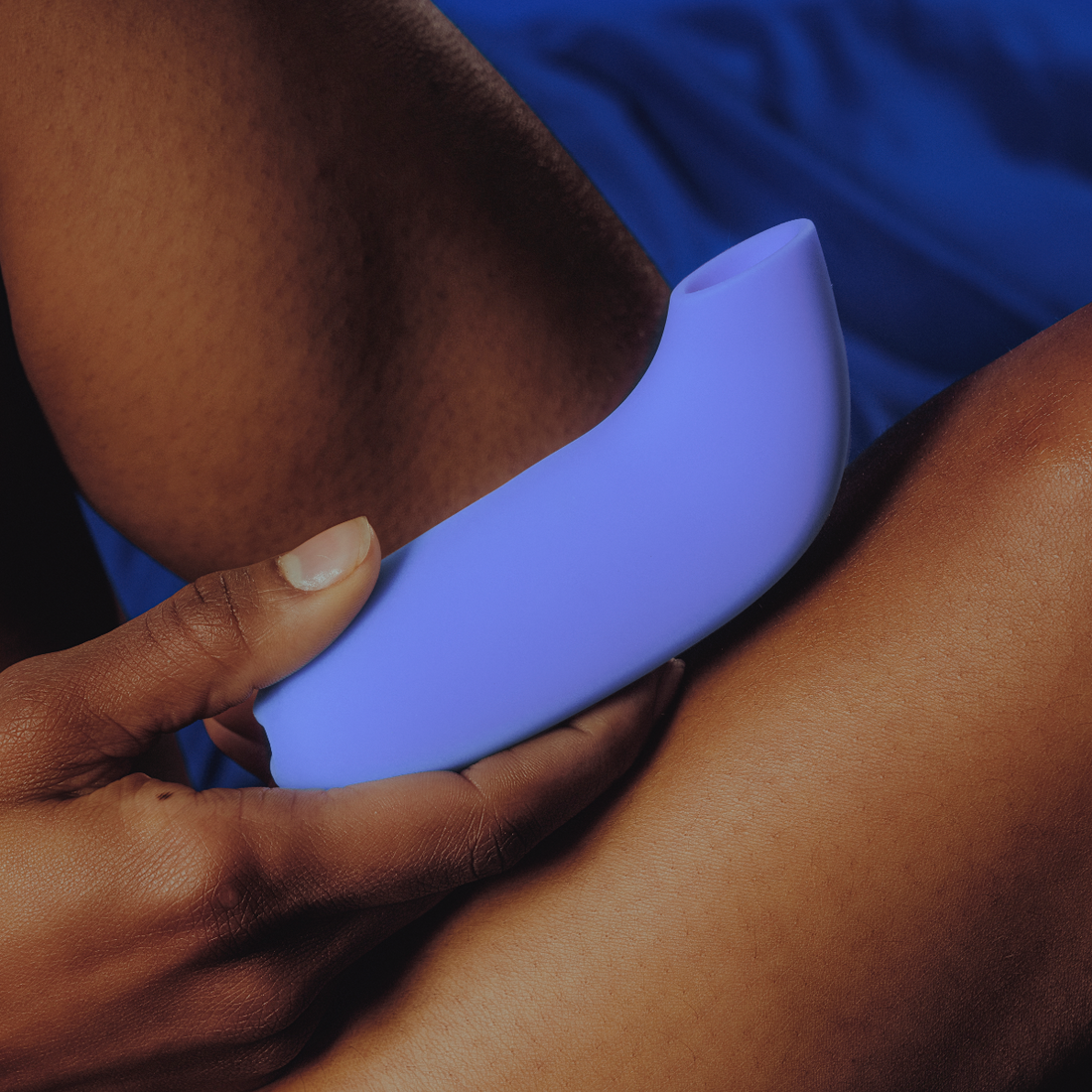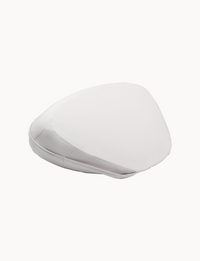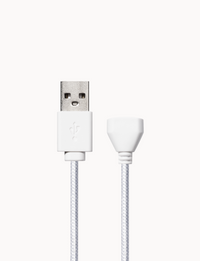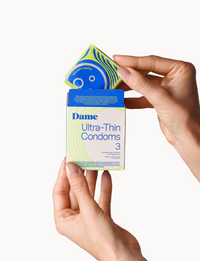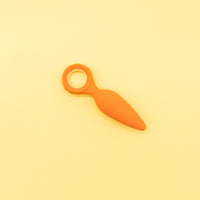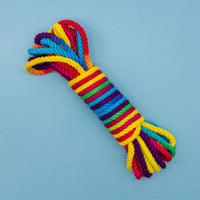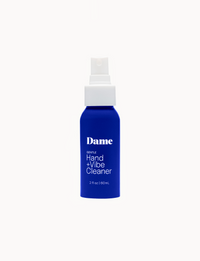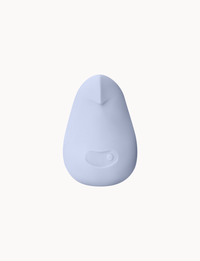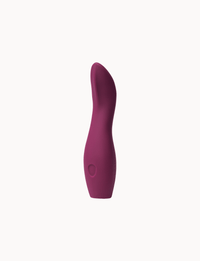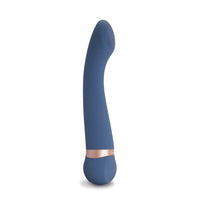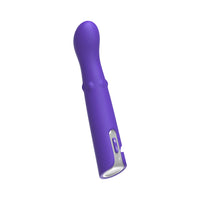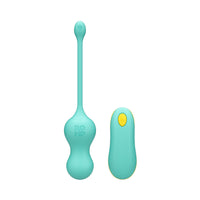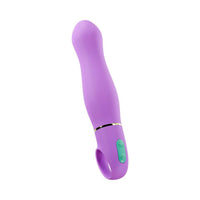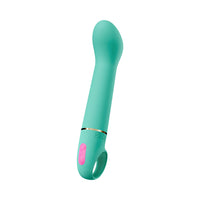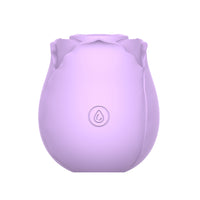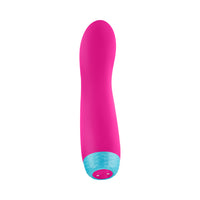Traditionally, foreplay is basically anything that isn’t intercourse. It can include oral sex, mutual masturbation (with sex toys or hands), hand sex, deep kissing, naked cuddling, and basically anything else that isn’t P-in-the-V intercourse. At a time when a lot of people are openly queer, expanding their definition of “sex,” or having digital sex, we should probably consider what even counts as foreplay (or moreplay). It ends up being pretty subjective depending on your situation and definition of sex. AASECT certified sex therapist Dr. Tarra Bates-Duford says to keep in mind that “there isn’t a specific behavior associated with foreplay and no rules about what acts you have to do when engaging in foreplay.” Basically, the world is your oyster. Then again, with so much space for exploration, you might be a bit intimidated—and that’s OK. You might also be a bit bored with a longterm partner—and that’s OK, too!
The Whole Idea of “Foreplay” Is Outdated
As a clinical sexologist, I’d like to see the word foreplay stricken from our sexual vocabularies entirely. It isn’t “foreplay,” it’s “moreplay.” All sexual acts are equal. P-in-the-V intercourse has long been thought of as “real sex.” This is a tired, heteronormative way of looking at sexuality. We need to do away with the penis-focused and penetration-focused views of sex. Calling oral sex, masturbation, and hand sex (and frankly, anything clitoris-focused) foreplay automatically puts the clitoris on the backburner in favor of the vagina. This is a serious issue because the vagina has nearly zero touch-sensitive nerve-endings. It has pressure-sensitive nerve-endings, but these are connected to the internal clitoris, which extends into the body, under the labia. The clitoris has 8,000 nerve-endings and without any outside help, is rarely (if ever) stimulated during intercourse.
"When your partner is present, loving, compassionate and kind back to your efforts of the same, that’s foreplay."
This, of course, ties into our concepts of what “counts” as sex in the first place. Many couples, queer, heterosexual, or otherwise, don’t even engage in penetration during their sexual encounters and still have fufilling sex lives. Are you going to say a couple doesn’t have sex because a penis doens’t go into a vagina? I truly hope not, because that is some serious BS. So, for the sake of clarity: I’m going to use the terms "foreplay" and "moreplay" in this article to refer to anything that isn’t penetrative sex.
What Even Counts as Foreplay or Moreplay?
We’ve started to see a cultural shift away from intercourse as the only act that is defined as sex in the last few years and that’s been quite revolutionary (even if that shift has been pretty slow). Covid-19 and the subsequent social distancing measures have been a nightmare of epic proportions, but in some ways they’ve created an opportunity to further distill what we consider “sex.” When we’re only having sex digitally with someone, we have to alter our perceptions of sex, right? Suddenly the definitions of sex aren’t as narrow. Kristine D’Angelo, a certified sex coach and clinical sexologist says that foreplay goes far beyond the physical nature of sex. “It’s words exchanged, connection shared, a reciprocation of flowing thoughts, feelings and vulnerabilities. When your partner is present, loving, compassionate and kind back to your efforts of the same, that’s foreplay,” she says. “Foreplay can be physical, emotional or mental, giving you that warm and fuzzy feeling you get being around your partner.” When it comes to digital sex, basically every act that brings you pleasure and towards sexual arousal is considered moreplay. There is no penetration (other than with your own sex toy or fingers) and therefore, there is no intercourse.
Sexuality thrives when we take risks.
For couples (or multi-partner relationships) who are living together, this is an opportunity to expand our understanding of sex and to be curious. We’ve been with the same people, doing the same things, for a while. It’s time to get your head in the game and try new things … all of which are moreplay!
How to Get Creative
Now that we’ve established that anything erotic can count as foreplay, you might be thinking about ways to get creative with it. Here are three tips for upping your moreplay game and infusing your sex life with some sparks—whether digital or with a live-in partner(s).
- Get outside of your comfort zone
The first thing we all need to do is to step outside of what makes us comfortable. Sexuality thrives when we take risks. “Practice dirty talk while masturbating to get comfortable hearing dirty things come out of your mouth,” D’Angelo says. “Ask you partner if you can roleplay any fantasies for them, share erotic stories you’ve both written for each other, watch an ethical porn video together then talk about what turned you on while watching it. Be brave: Open a conversation with your partner about what they want to try.” Be sure to tell your partner that there is no judgment in what they tell you (and vice-versa). Feeling safe to open up about your desires is a giant step towards having better sex.
- Don’t take yourself so seriously.
We tend to think of sex as this very serious thing that needs to be aggressive and sexy and intense all the time. When you put that kind of pressure on yourself or a partner, it can be too much to live up to. Instead, we need to understand and accept how incredibly human sex is. It can be hot, sexy, funny, weird, awkward and silly. “It's really easy to try and be serious about sex, but then you fall into the trap of ‘trying to get it right’ and looking a certain way
- Ask for what you want.
The only way to try that thing you want to try, to have more orgasms, and to have the sex life you crave is to ask for what you want. Your partner is not a mind reader. They are not going to know what you want them to do, digitally or otherwise, without some inside perspective. “Many women


